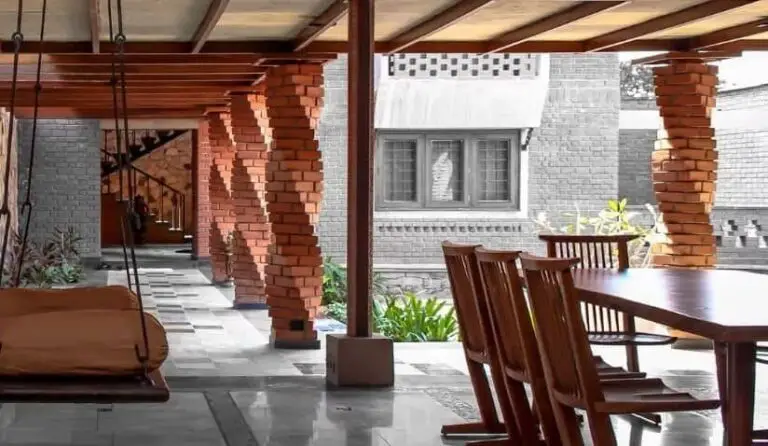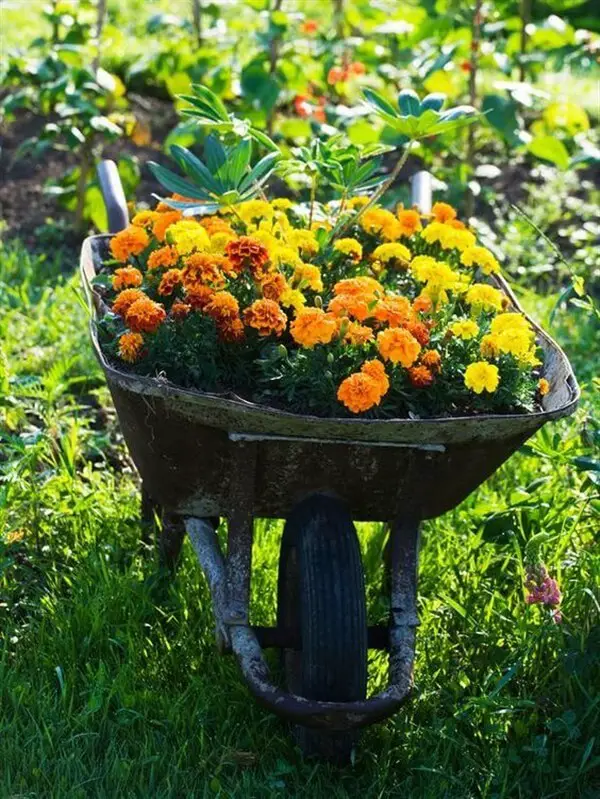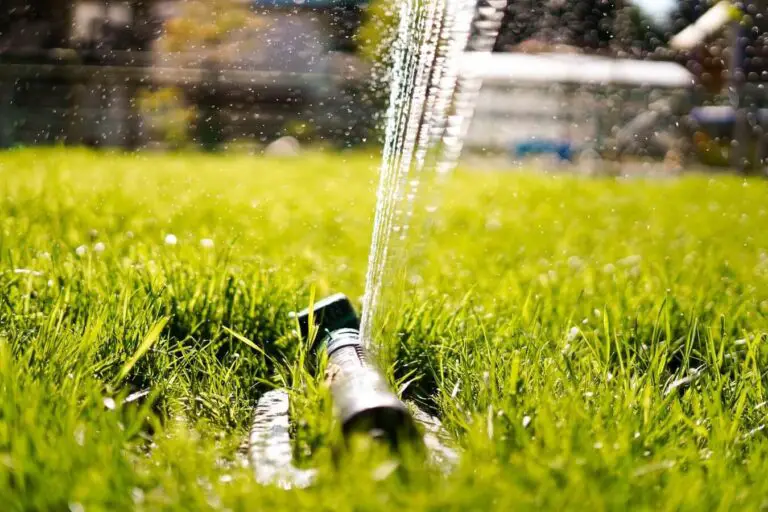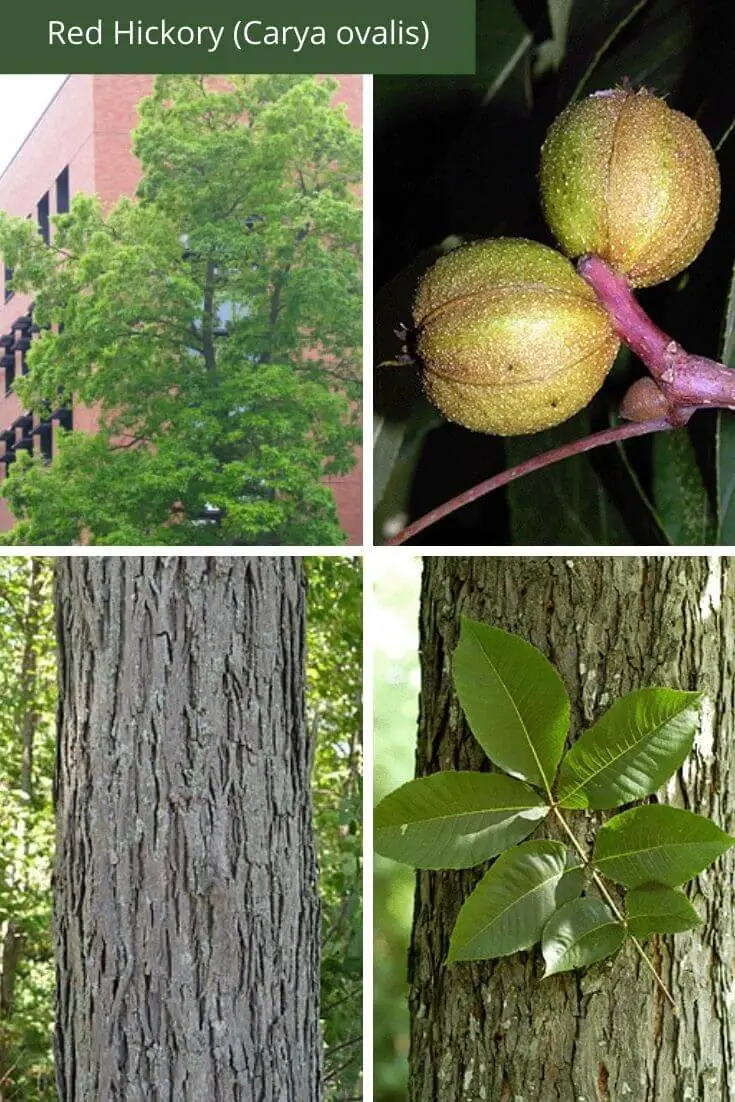Want More Butterflies? Plant A Butterfly Garden
For a magical experience on sunny mornings or balmy evenings on the porch, there’s nothing quite like having butterflies flutter around. These delicate creatures can even make garden chores more enjoyable, especially for children who are fascinated by their beauty. To attract these lovely insects to your yard, create a butterfly garden filled with their favorite flowers. This will encourage them to linger rather than just passing through in search of a more inviting habitat.
You don’t need to plant exotic or expensive flowers – many of the varieties butterflies love are already growing nearby in gardens and fields. Here are some easy-to-grow options that thrive in temperate regions of the Northern Hemisphere, requiring minimal care. Most prefer full sun and average soil. Consider sweet alyssum, an annual with white, rose, or purple flowers blooming from May to frost, perfect for borders or containers.
For another option, try asters – both annual and perennial varieties are popular among butterflies. China asters, which bloom in the summer, and aster novi-belgii, a compact perennial that blooms in the fall, are particularly appealing.
Common Perennial Choices
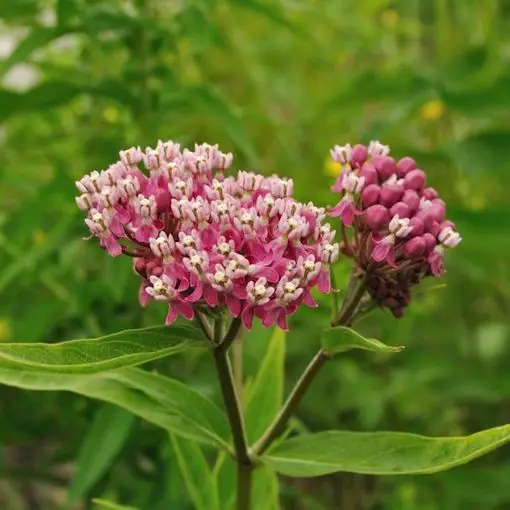
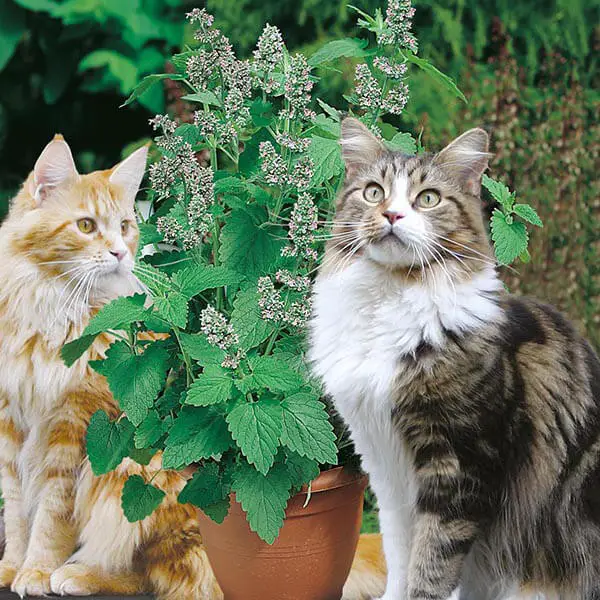
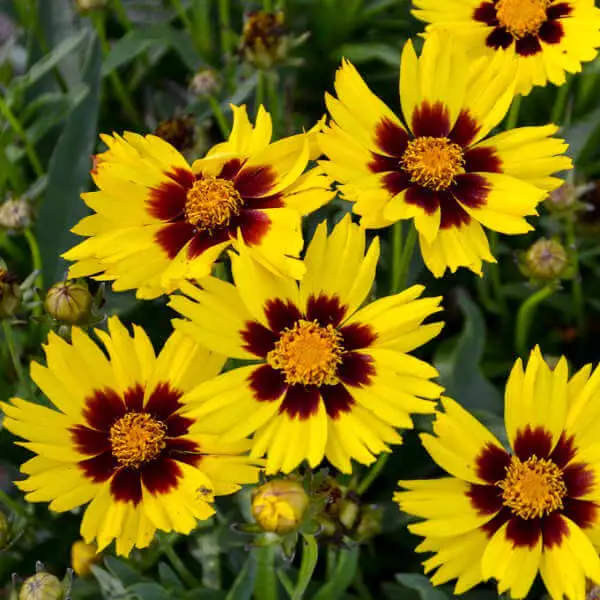
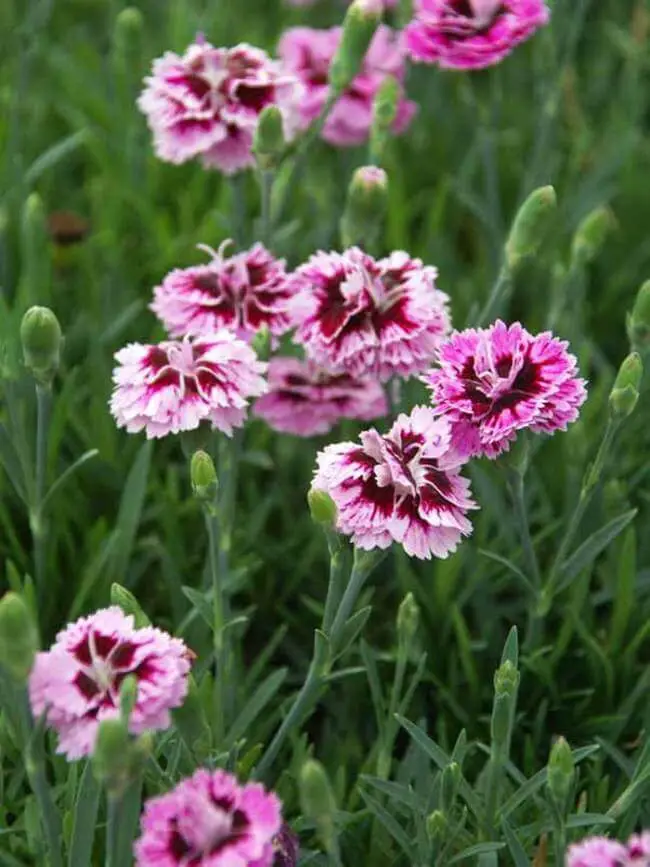
The American native butterfly weed stands out with its clusters of bright orange flowers that are pollinated by monarch butterflies. Its perennial nature means it returns year after year. Another perennial, globe thistle, produces spherical blue flowers on tall stalks, blooming in July and August like the butterfly weed. For a low-maintenance option, consider catmint, also known as catnip.
This hardy perennial thrives in full sun to partial shade, producing small lavender-blue flowers from June through August. However, keep in mind that cats may find its gray-green foliage irresistible, so plant it separately or protect it from feline foragers. Coreopsis is a reliable choice, blooming white flowers with yellow centers from June to August and self-seeding readily.
Sweet rocket offers fragrant phlox-like flowers on tall stems, also reseeding itself quickly despite being short-lived. Dianthus (carnations and pinks) bloom in the spring and early summer, while summer phlox produces pink, lavender, red, or white flowers in July and August, requiring rich soil conditions. Finally, lavender is a fragrant herb that blooms throughout the summer on 18-inch stalks, doing best in light, sandy soil with heavy mulching during winter.
Drought-tolerant Choices
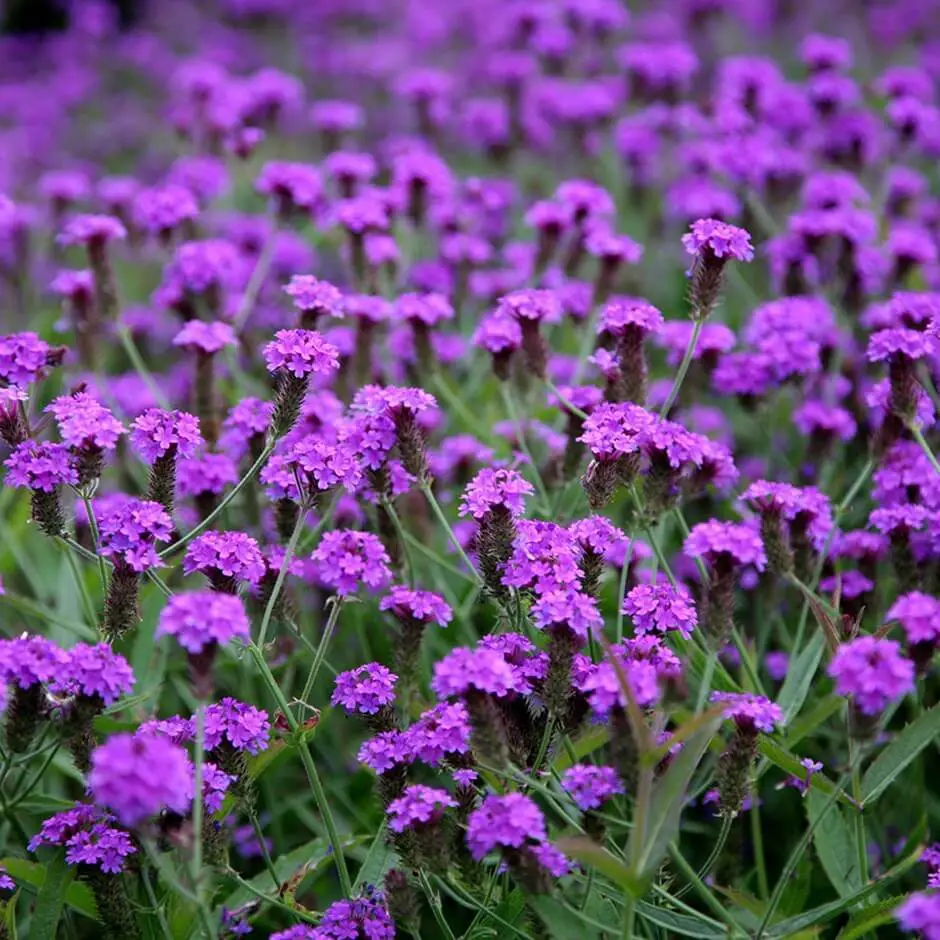
Autumn Joy sedum’s vibrant pink flowers bloom on succulent green foliage during August and September, showcasing its remarkable drought tolerance and ability to thrive in poor soil conditions. In contrast, verbena is a low-growing annual that effortlessly adapts to dry spells and scorching heat. This versatile flower produces a kaleidoscope of colors from June to September, with some varieties emitting a sweetly intoxicating fragrance.
Shade Lovers
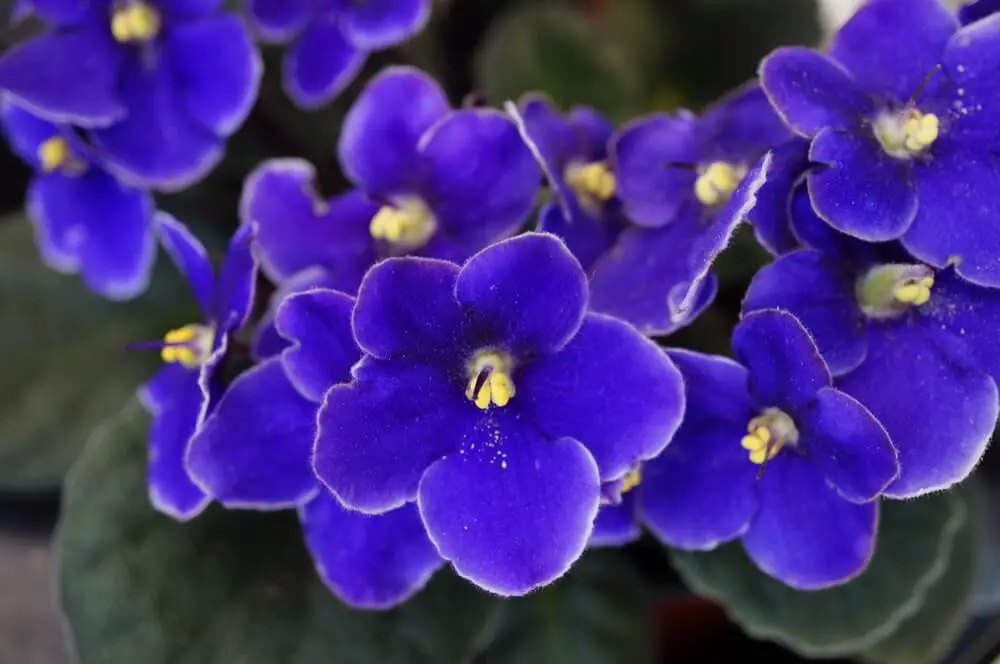
Violets, a resilient perennial, can be found thriving in partial shade alongside few other butterfly flowers. Their reputation as weeds stems from their tendency to grow wild in many lawns, often viewed as an unwelcome presence. Despite this, the small, fragrant blooms that appear above and amidst heart-shaped leaves in April and May are undeniably charming.
Not only do violets provide a delightful display of color, but they also make for an attractive ground cover in partially shaded beds and borders. For those looking to cultivate larger-flowered varieties, garden centers and mail-order houses offer a range of options.
Night Bloomers
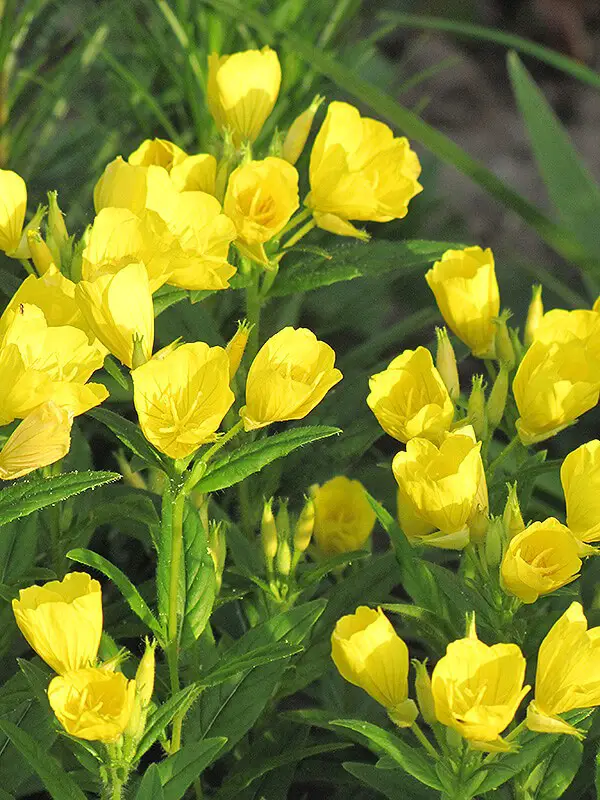
Flowers that attract night-flying moths, such as globe thistle, perennial pea, sundrops, soapwort, and tufted pansies, are a delight to behold. Perennial pea, a long-lived climbing vine, boasts pink blooms from July through September, requiring a trellis or fence for support. Alternatively, let it cascade down a rock pile or steep bank. Its fragrance is reminiscent of the sweet pea, but with an added dimension of allure.
Sundrops, including Ozark Sundrop and Evening Primrose, are low-growing yellow flowers that add a pop of color to the landscape. Soapwort, a late spring bloomer, forms a four-inch creeping mat, blanketed in May and June by small, starry pink flowers. Tufted pansies, with their apricot flowers nestled among heart-shaped leaves, bloom from May through September when spent flowers are pruned.
The delicate balance of these flowers is a testament to the beauty that can be found in the quiet moments of nature.
Related Posts
When it comes to tipping flower delivery services, understanding gratuities is crucial. After all, these couriers go out of their way to bring joy and beauty to your doorstep. Just as you wouldn’t tip at a restaurant without considering the service quality, you shouldn’t skip on the opportunity to show appreciation for a job well done.
As you ponder whether to leave a small token of gratitude, consider the exceptional work your florist has put in to craft a stunning arrangement that matches your unique request or occasion. It’s only fair to compensate them for their dedication and expertise.
Meanwhile, if you’re more interested in growing your own flora, explore our wealth of information on colorful perennials perfect for partial shade gardens or containers, plus expert advice on cultivating African Violet plants and the lowdown on Astilbe’s flowering perennial charm. And don’t miss our top ten picks for shade perennials that thrive in cold climates – these tips will ensure your shaded garden is lush and vibrant.


